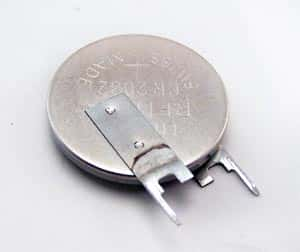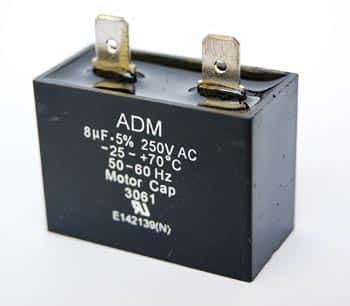What Are Peltier Cells and How Do They Work?
If you join two dissimilar metals by two separate junctions, and maintain the two junctions at different temperatures, a small voltage develops between the two metals. Conversely, if a voltage is applied to the two metals, allowing a current to pass through them in a certain direction, their junctions develop a temperature difference. The former is called the Seebeck effect and the latter is the Peltier effect.
Many such dissimilar metal junctions are grouped together to form a Peltier cell. Initially, copper and bismuth were the two dissimilar metals used to form the junctions. However, more efficient semi-conductor materials are used in the modern Peltier cell. These are sandwiched between two ceramic plates and the junctions are encased in silicon.
Just as you could pass electric current through a Peltier cell to make one of its surfaces hot and the other cool, so could you place a Peltier cell in between two surfaces with a temperature difference to generate electricity. In fact, BMW places them around the exhaust of their cars to reclaim some electricity from the temperature difference between the hot gases emanating from the car and the atmosphere.
Another place where Peltier cells are put to use is the picnic basket. It connects to the car battery and has two compartments – one to keep food hot and the other to keep food and drinks cool. Unfortunately, Peltier cells are notoriously inefficient, since all they do is move heat from their cold side to the hot. Part of their efficiency is also dependent on how fast heat is removed from their hot side. Usually, Peltier cells are able to maintain a maximum temperature difference of 40°C between their hot and cold sides.
Active heat sinks use Peltier cells to keep CPUs cool inside heavy-duty computers. These CPUs pack a lot of electronics inside their tiny bodies and generate huge amounts of heat when working at high frequencies of a few Giga-hertz. Peltier cells help to remove the heat from the CPU and keep the temperature constant. One advantage in using Peltier cells for this work is the CPU can regulate the amount of heat removed. The CPU in a computer has temperature sensors inside and when it senses its temperature is going up, it pumps in more current into the Peltier to increase the heat removal.
What does the Peltier do with the heat it has acquired from the hot source? To maintain its functioning, the Peltier has to transfer this heat to the material surrounding its hot surface. Usually, this is an Aluminum or Copper heat sink, which then transfers the heat to the atmosphere.
Active heat sinks that are more exotic use heat-conducting fluids to transfer the heat away from the hot side of the Peltier cell. These are specially formulated fluids with high thermal conductivity running in pipes over the hot surface of the Peltier. As the Peltier gets hot, the fluid takes away the heat and changes to a liquid of a lower density. Convection currents are set up, causing the hot liquid to move away to be replaced by cooler liquid, aiding heat transfer. Heat from the hot liquid is removed in a heat exchanger in a different part of the computer.


